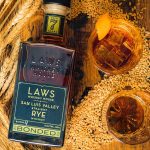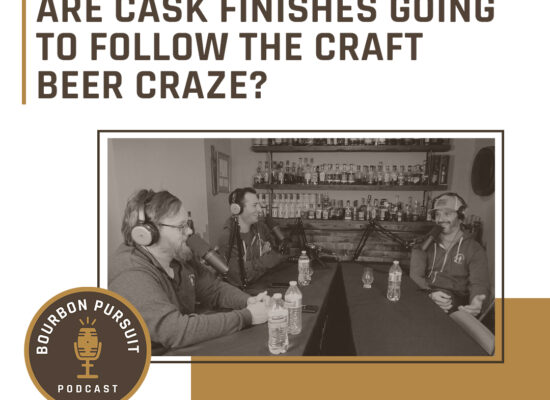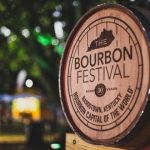NEW RELEASE: Garrison Bros “Lady Bird”, Honey Infused Cognac Cask Finished at 114 Proof

Garrison Brothers Distillery (Hye, TX), Texas’ first legal whiskey distillery established in 2006, recently released Lady Bird, a Texas Straight Bourbon Whiskey infused with Texas wildflower honey and finished in a cognac cask, This new expression, almost eight years in the making, is Garrison Brothers’ ninth addition to their bourbon portfolio and its sales will benefit […]
The post NEW RELEASE: Garrison Bros “Lady Bird”, Honey Infused Cognac Cask Finished at 114 Proof first appeared on The Bourbon Review.



